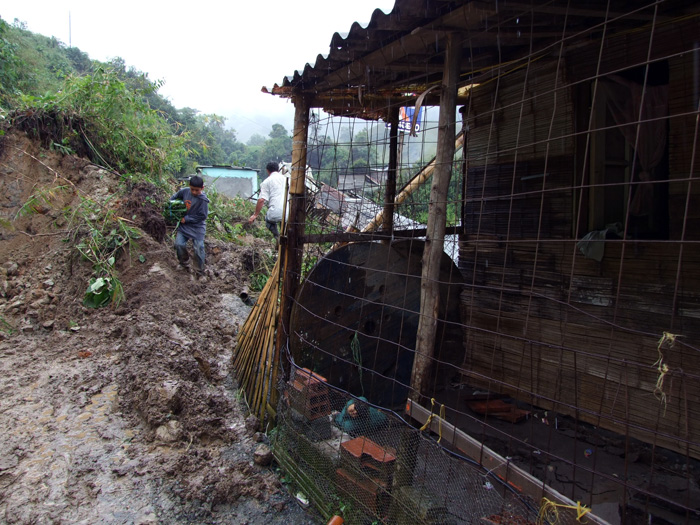Frequently, accidents in which the victims are buried during many hours or days are registered in the world. Some of those victims do not survive. A good example of this situation is the one of the 34 miners trapped 700 meter beneath the surface, under tons of rocks, after the coal and gold mine in which they were working in San José, in the province of Copiapó (Chille), collapsed. People noticed they were alive after almost 20 days after the incident.
At the beginning of the year, an earthquake affected Haiti Island and left close to 140.000 fatal victims under the debris, which invaded the streets, avenues and buildings in the capital, Puerto Príncipe.
In Colombia, 73 miners were trapped under debris in San Fernando Mine, in Amagá (Antioquia).
Taking into account this reality, and the necessity of rescue corps for locating victims and knowing in the minimum possible time if a victim is alive under the debris, Juan Camilo Castellanos and Diana Parra Otálora, electronic engineers from Universidad Nacional de Colombia, in Bogotá, designed a device that detects human breathing signs in collapsed zones.
The engineers, based on the Doppler radar technique, which sends a signal when it finds an object (on this case, the victim) and then returns to the radar with key information: the distance in which the body is located and its breathing rhythm.
The main characteristic of this device is that it detects vital signs, particularly breathing signs due to thoracic movement. This permits to know the victim"s health conditions for the rescue staff to establish priorities in the mission.
The Doppler radar generates an electromagnetic signal that is sent and received by two antennas similar to those used by wireless phones and wireless Internet. An electronic module, made by Diana and Juan Camilo, analyzes such signal (on this case, the breathing frequency), which is represented on a screen.
This information is processed in the software that the professionals created to ensure a more detailed analysis of the registered signals. This way, the detection alarms are configured to facilitate the rescue corps localizing the victims effectively.
The system sends microwave signals and captures reflections coming from the bodies. "Such signals are partially returned when the device discovers breathing movements in a person"s chest. The returned wave produces frequency changes, which are detected by the Doppler radar," said the electronic engineer Julián Alberto Herrera, director of the investigation.
"The innovation of our system is that it does not need physical contact on the structure, saving lives, not only the victim"s life, but also reducing the risk for the rescue corps," affirms Castellanos.
The obtained results proved that it is possible to measure breathing through a radar basic system, in order to obtain accurate data and to go through any obstacle, no matter how robust it is, without interrupting visual contact with trapped victims, specially with those who are unconscious and do not respond to the rescuers calling.
Sedes
 Correo Electrónico
Correo Electrónico
 DNINFOA - SIA
DNINFOA - SIA
 Bibliotecas
Bibliotecas
 Convocatorias
Convocatorias
 Identidad UNAL
Identidad UNAL



